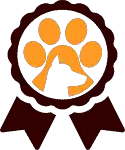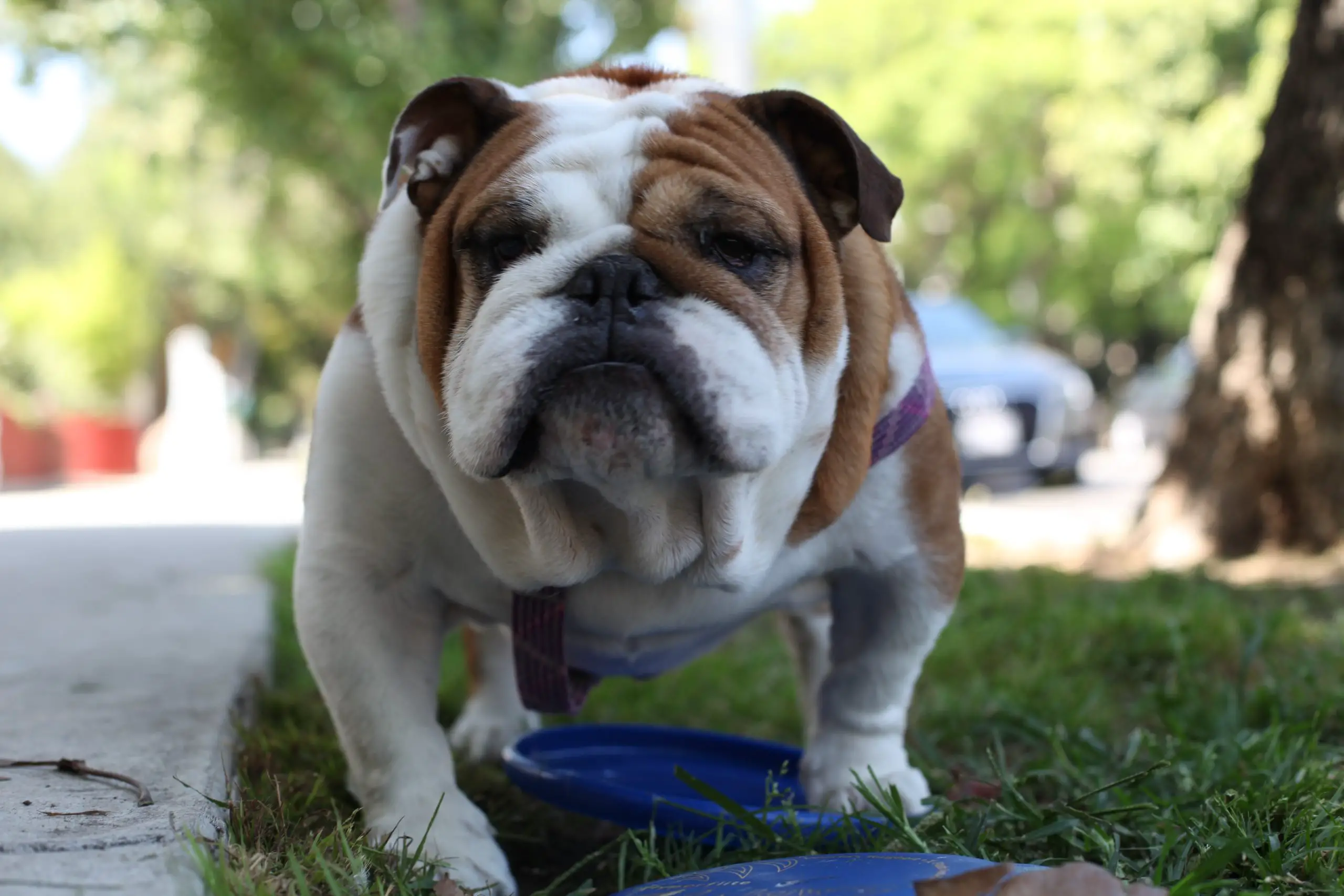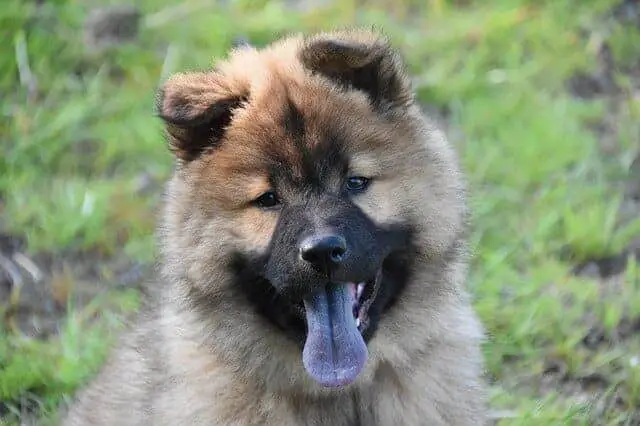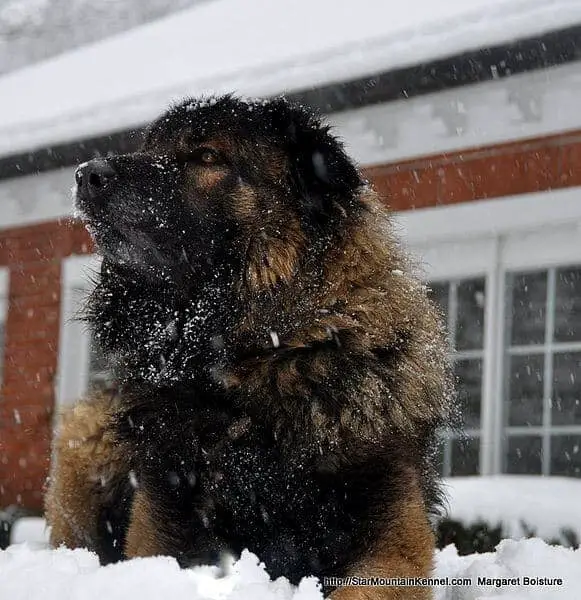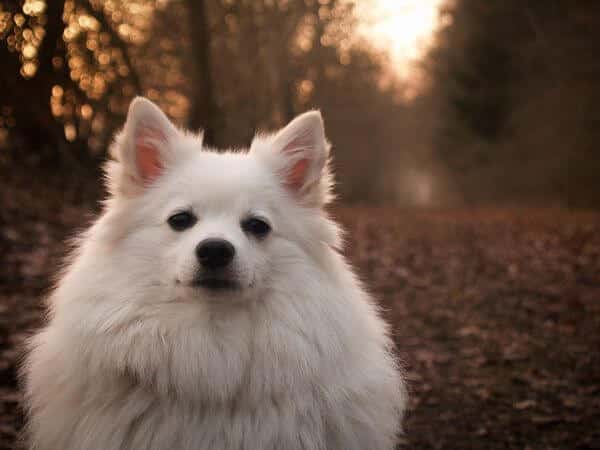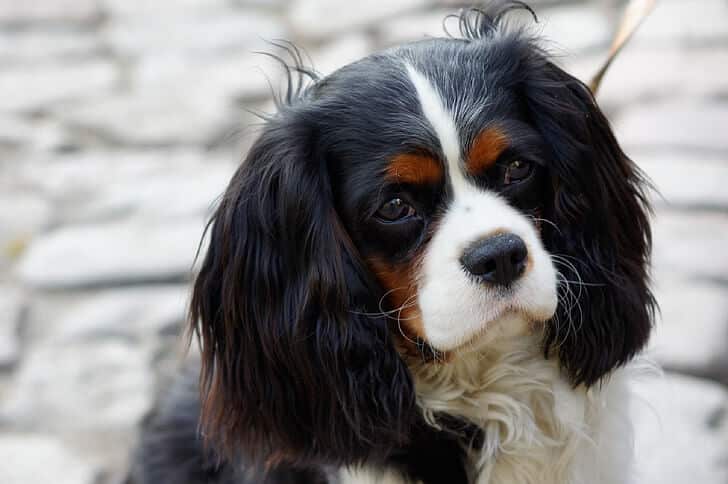Pugs are known to be the dogs of the powerful. From the emperors of China to the European monarchs, these leaders fell head over heels for the quirks of pugs. Pugs were treated like royalty and were welcomed into their affluent families with open arms. Portraits were created for them and they even had their own guards to protect them! Today, pugs remain a favorite pet in the 21st century.
They have unique physical traits that make them stand out. They are characterized by wrinkled faces, pushed back noses, and lean muscular bodies. Their tails are curled by the hip. Their ears could be classified as buttons or roses. The common colors of pugs include fawn, apricot fawn, silver fawn, and black. Pugs are classified as toy dogs which make them suitable for owners who have small spaces.
This breed is fondly described in Latin as multum in parvo, or “much in little” or “a lot of dog in a small space”. Pugs are small dogs with huge personalities. They are generally charming, smart, loyal, and clingy. It is normal for pugs to crave human affection and attention. Be ready to be smothered with love if you’re planning on buying or adopting one.
Because of their unique facial features and built, pugs may be prone to health problems. Despite this, it should not be an issue if you are planning on buying or adopting one. The joy of having a loyal companion who will always be at your side will be incomparable. Regular visits to the veterinarian are a must to keep your pug in top shape.
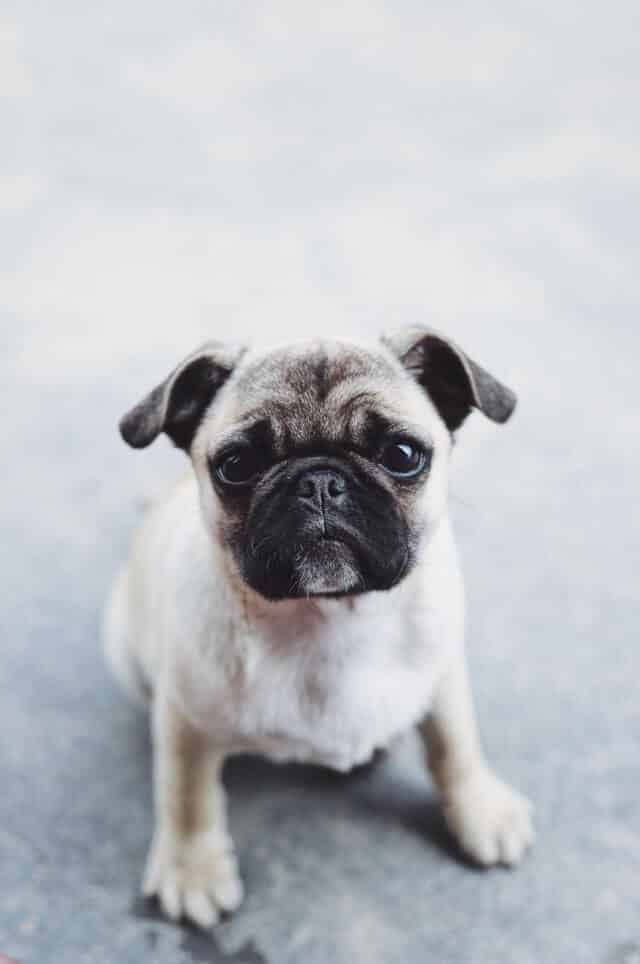
Pugs Key Information
Height: 10-14 inches
Weight: 13- 20 pounds
Life span: 12-15 years
Breed family: Toy Dog
Exercise requirements: Low
Good with children: Yes
Also Known As: Chinese Pug, Pug Dog, and Dutch Mastiff
History
Records show that pugs were in existence as early as 400 BCE. They are considered to be one of the oldest dog breeds. It is believed that they came from ancient China during the Song Dynasty. Pugs were the dogs of the nobility. Only the imperial family is allowed to own them which gave them a high stature in society. They lived in luxury and even had guards of their own. Anyone seen hurting or abusing the pugs was punished harshly by the emperor.
Due to the rise in the trading industry of the east and the west, this dog breed reached Europe. Like the emperor in China, European royals also fancied the pugs because of their habits and unique looks. One of the earliest recorded monarchs who had a pug was the Dutch royal family. They had a pug named Pompey who saved the life of the prince by warning him of an assassin attack. Since then, the royal House of Orange of the Netherlands was known for its fondness of the breed. Pugs are known to be the official dog breed of the House of Orange. The intelligence and courage of pugs as shown by Pompey led to the positive views of the other nobilities to the breed. Another prominent figure who was fond of pugs was Queen Victoria. She even took it upon herself to breed pugs. Her adoration for these small dogs influenced other royals to also get a pug. Napoleon Bonaparte was a figure in history who had a pug as well.
By the 18th century, almost every noble and wealthy families had welcomed pugs into their homes. Pugs would even be included in family portraits or have one on their own. This shows the importance given to the pugs by their masters.
Pugs reached the United States of America in the 19th century. The breed was recognized by the American Kennel Club in the year 1885.
The pugs as we now know look different from the pugs who lived in the 16th to 19th centuries because of evolution and selective breeding. They used to have longer snouts, fewer wrinkles, and less muscular. Today, pugs are characterized by their distinct features such as sturdy and lean stature, wrinkly and short-muzzled faces, and their curled tails. Despite the changes in their appearance, their doting personalities remain the same. In the 21st century, pugs remain a crowd favorite in the pet scene.
Personality
Pugs are like shadows. They follow you in the kitchen, bedroom, or even in the bathroom! Personal space is nonexistent in the vocabulary of pugs. They crave human attention and like to cuddle which makes them really clingy. Don’t be surprised to find them jumping on your lap regularly asking to be petted.
They are also highly sensitive. They can feel the emotions of their owners. When its owners feel down, a pug may also feel the same and try to cheer up its owner. On the other hand, pugs also feel happy when their owner is happy.
They are smart but willful. Learning new tricks is a breeze to them. The problem is that they are often relentless and would rather eat and sleep than learn how to fetch. Due to this, teaching them may be a challenge.
Aside from eating, sleeping is also on top of the favorite things pugs do. They can doze off anywhere and anytime of the day. Pugs have a habit of snorting, wheezing, and snoring loudly.
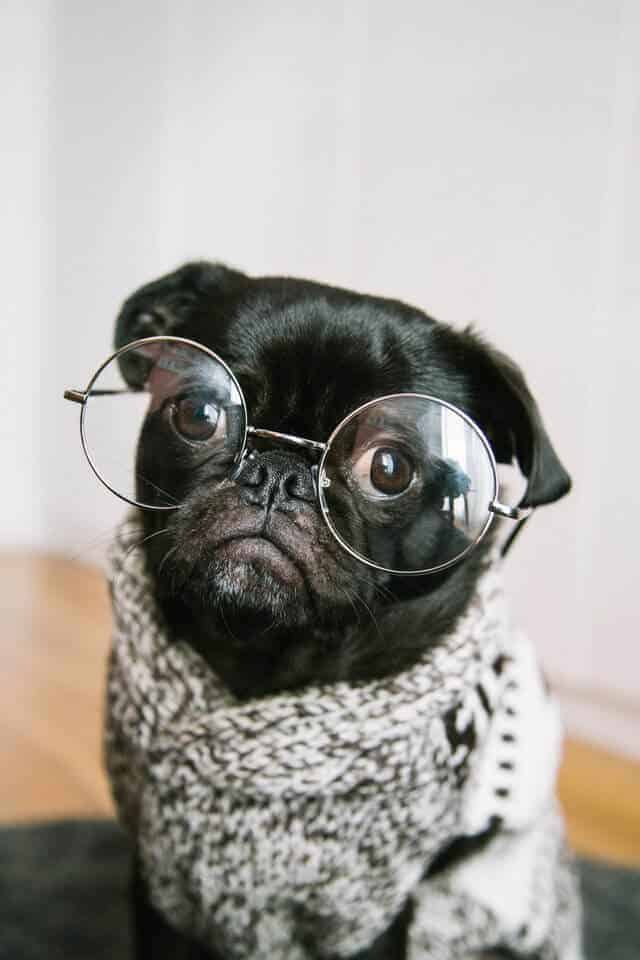
Interaction with Children
Pugs are good companions of children. Pugs are the sturdiest breed in the toy dog family. They are docile, patient, and gentle. Because of their sturdy build, they are also equipped to withstand the whims of younger kids. They are highly elastic and adaptable, so you won’t have to worry about your pugs getting hurt in playing games with the kids.
Interaction with other pets
Likewise, they are commonly known to be friendly with other pets. Pugs like playing with other dogs or even cats. They are curious and like to meet new people and animals. They must be trained at a young age so that adding a new member to the family won’t be a hard transition for them.
Feeding
½ to 1 cup of quality dog food is recommended daily to keep them healthy. Dividing it into 2-3 eatings will also help in the digestion of the dog. Homemade food can also work for pugs. However, please make sure to acquire a go signal from your vet first.
They might give you the gooey eye to ask for more treats but remember that pugs are prone to obesity. Always count the calorie intake of your pugs. Make sure to give them just the right amount of food to avoid health complications.
Care
One of the best things about pugs is that they are generally low maintenance. They don’t require constant visits to the groomers because their coats shed a lot naturally which can also help you in saving some bucks! Pugs are perfect for people who don’t have an active lifestyle such as the elders. Although pugs can also be a perfect fit for young adults nonetheless.
Grooming
Make sure to give them regular baths. Bathing them won’t be an issue because pugs love to play in the water! They might even be the one begging you for a bath.
Also, clean the folds on their faces to avoid possible infection. Bacteria and infection may foster in the folds area of the pugs. Make sure that you wipe this area gently when you cleanse your pugs. Their bulging eyes are also prone to dirt so ensure that you frequently clean them.
Brushing their hair regularly is also good for the pugs. This will distribute the healthy minerals on the roots of their hairs and would remove the excess coat on their bodies. Remember that pugs shed a lot. So constant brushing will help in removing the extra layer of unnecessary hair.
It is also important to note that pugs do not do well in extreme temperatures whether it may be hot or cold. A pug’s normal temperature which should be maintained at all times is 38°C to 39°C. If you are in a hot climate, make sure that your pug has enough water. If you are in a cold climate, make sure that your pug has access to heat.
Exercise
If you don’t like the responsibility of walking your dogs several hours a day but always wanted a pug, then I have good news for you! Pugs don’t need a lot of exercises compared to other dogs. A daily 30-minute walk would be enough to keep them strong and active.
This walk will be beneficial to them especially because they are prone to obesity. Allowing them to breathe in the fresh air will also add to their overall fitness. Aside from walks, simple activities such as playing fetch can be a form of exercise to your pug.
Training
Pugs are considered to be one of the highly intelligent dog breeds. They can easily learn new tricks. Although patience is a must in the part of the trainer. Pugs can be adamant at times. With hours of training and extra patience, your pugs can learn new tricks in no time.
When training these dogs, it is also important to be aware of external factors such as the weather and the temperature. Extreme heat or coldness is bad for the health of the dog. Make sure that the temperature of the room is right for you to maximize your training time with your pet. Giving them treats will also help them retain the new tricks that they learned.
Housing
Pugs are mostly inactive dogs so a small space for them to walk around would suffice. They don’t need large spaces to play in although a space where they can walk would be good for them. A place where they can also do a 30 minutes walk daily is advisable. Pugs would do well in apartments.
Apartments
Pugs are perfect for apartments. They are generally inactive dogs so having a yard for them to play in is not an absolute requirement. Pugs shed a lot so cleaning up their fur on your couches, chairs, beds, etc. will be inevitable.
Dog Houses / Kennels
It is not advisable to place pugs in dog houses. They crave human presence and affection. It is crucial for them to have human interaction daily. Leaving them in a dog kennel will be bad for their health.
Leaving them alone
Likewise, leaving them home alone can be detrimental. They love human attention so it may be unwise to leave them unattended. It is better to leave them to a sitter or someone you know well when you need to leave for a long time.
Health
The most common health issue of pugs is obesity. Since these dogs are not hyperactive and eat a lot, there is a huge tendency for them to be obese. Proper exercise and giving them the right amount of food would help mitigate the problem.
Pugs are brachycephalic, which means they have shorter noses compared to other dogs. The short snouts of pugs can also lead to health problems. Surgery may be needed if the pug has a hard time breathing.
Likewise, hip dysplasia is a prevalent problem of the Dutch Mastiff. This is caused by the abnormal formation of the hip socket which affects 64% of pugs according to a 2010 survey.
Because of the large eyes of pugs, eye prolapse can also be an issue. If you decide to walk your pug and put it on a leash, make sure to pick the one which hugs its body and not the one where the leash is connected to the neck.
To avoid health complications and to easily detect diseases if one arises, it is important to go to the veterinary regularly. This way, you can be sure that your pug is healthy and is properly taken care of.
Wrapping up
A pug is a wonderful pet to have. It teaches you empathy, respect, and unconditional love. Before committing to being a pug fur parent, it is important to check if your lifestyle will be compatible with them. In the end, owning a pug will surely be a life-changing experience.
We have tried to ensure that the information on this page is as accurate as possible. If you see any mistakes please let us know through our About Us page.

